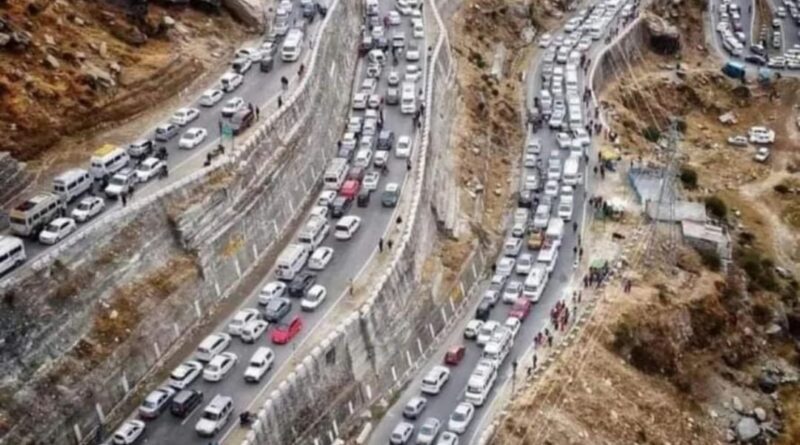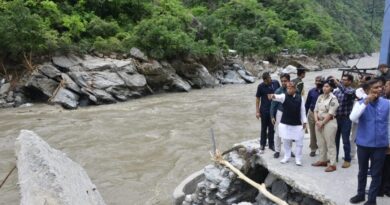Overcrowding tourism in Himachal and its impact
Himachal Pradesh, with its pristine landscapes, snow-capped peaks, and serene valleys, has long been a favorite destination for travelers seeking respite from the hustle and bustle of city life. However, the very popularity that draws tourists to this Himalayan state is now posing significant challenges. Let’s delve into the impact of overcrowding on tourism in Himachal Pradesh and explore the need for sustainable measures to preserve its natural beauty and cultural heritage.
Crowded Mountains
Many of Himachal Pradesh’s cities and towns, such as Shimla, Manali, Kullu, and Dharamsala, are hailed among the best hill stations in India. These picturesque locales attract tourists year-round, leading to bustling streets, crowded markets, and overburdened infrastructure. The serene charm that once defined these places is now often overshadowed by the sheer number of visitors.
Challenges Faced by Overcrowded Tourist Spots
- Degradation of Environmental : The influx of tourists puts immense pressure on the fragile ecosystems of Himachal Pradesh. Littering, deforestation, and pollution threaten the region’s natural beauty. Popular trekking trails and camping sites witness heavy footfall, leading to soil erosion and habitat disturbance.
- Congestion of Traffic : Narrow mountain roads struggle to accommodate the increasing number of vehicles. Traffic jams not only inconvenience travelers but also harm the environment due to vehicular emissions.
- Strain on Resources: Water scarcity, waste management, and energy consumption become critical issues in crowded tourist spots. Local communities often bear the brunt of resource depletion.
- Erosion of Culture: As tourists flood these areas, the local culture and traditions face dilution. Commercialization and homogenization replace authentic experiences.
Sustainable Solutions
- Managing Visitors: Implementing entry permits or quotas can regulate the number of tourists at popular sites. This ensures a better experience for travelers while minimizing the impact on the environment.
- Promoting Lesser-Known Destinations: Encouraging tourists to explore offbeat places reduces the burden on overcrowded spots. Hidden gems like Spiti Valley, Tirthan Valley, and Barot offer unique experiences without the crowds.
- Eco-Friendly Practices: Promote responsible tourism by educating visitors about waste disposal, water conservation, and eco-friendly travel options. Encourage homestays and community-based tourism to support local livelihoods.
- Upgradation of Infrastructure: Invest in better roads, public transport, and waste management facilities. Sustainable infrastructure can handle increased footfall without compromising the environment.
- Preservation of Culture: Engage local communities in preserving their heritage. Cultural festivals, handicrafts, and traditional practices should be celebrated and protected.
Himachal Pradesh’s struggle with overcrowding is a delicate balance between promoting tourism and safeguarding its natural and cultural treasures. By adopting sustainable practices, we can ensure that future generations continue to enjoy the magic of this paradise in the Himalayas1. Let us cherish and protect Himachal Pradesh, not just as tourists, but as responsible custodians of its beauty and legacy.



